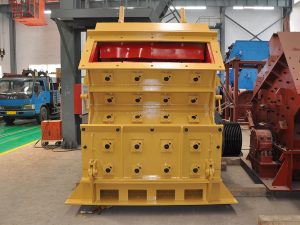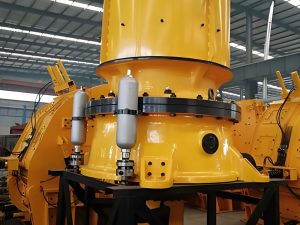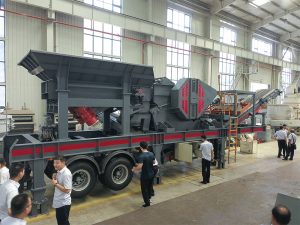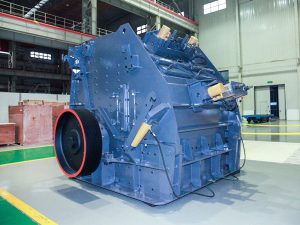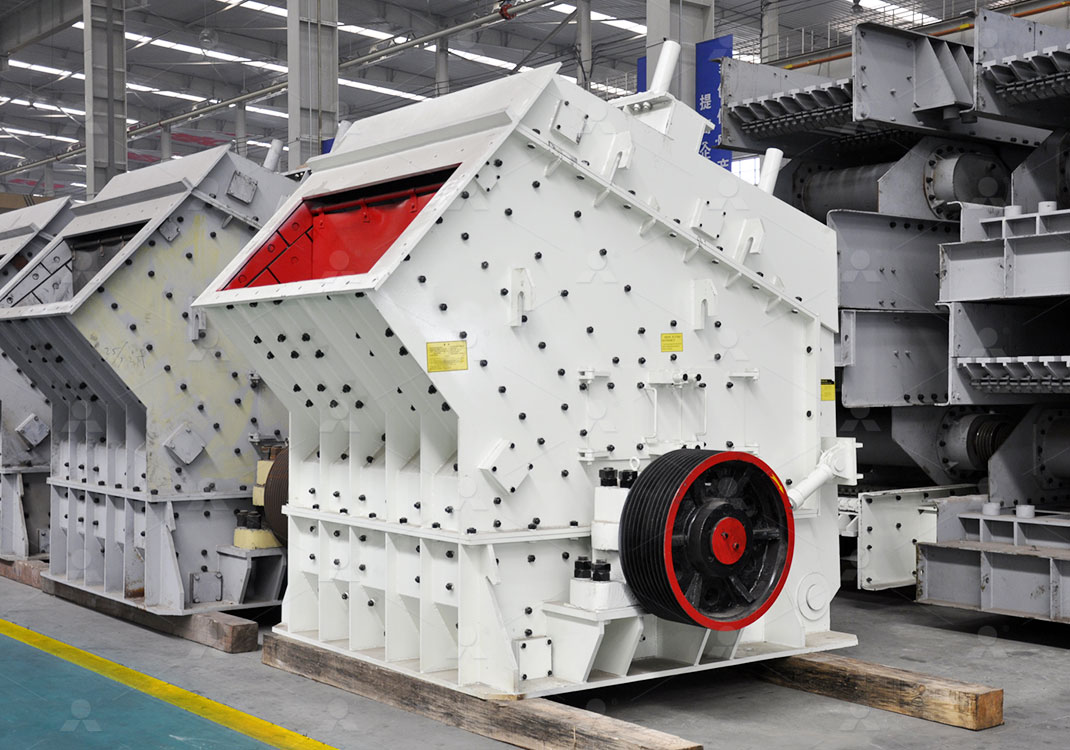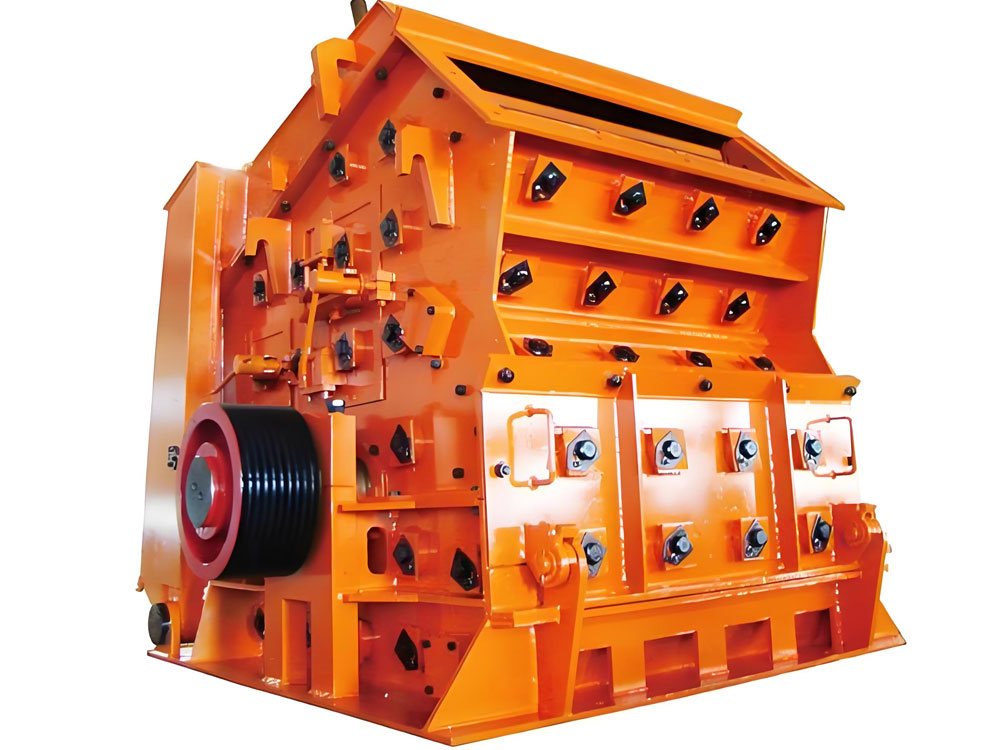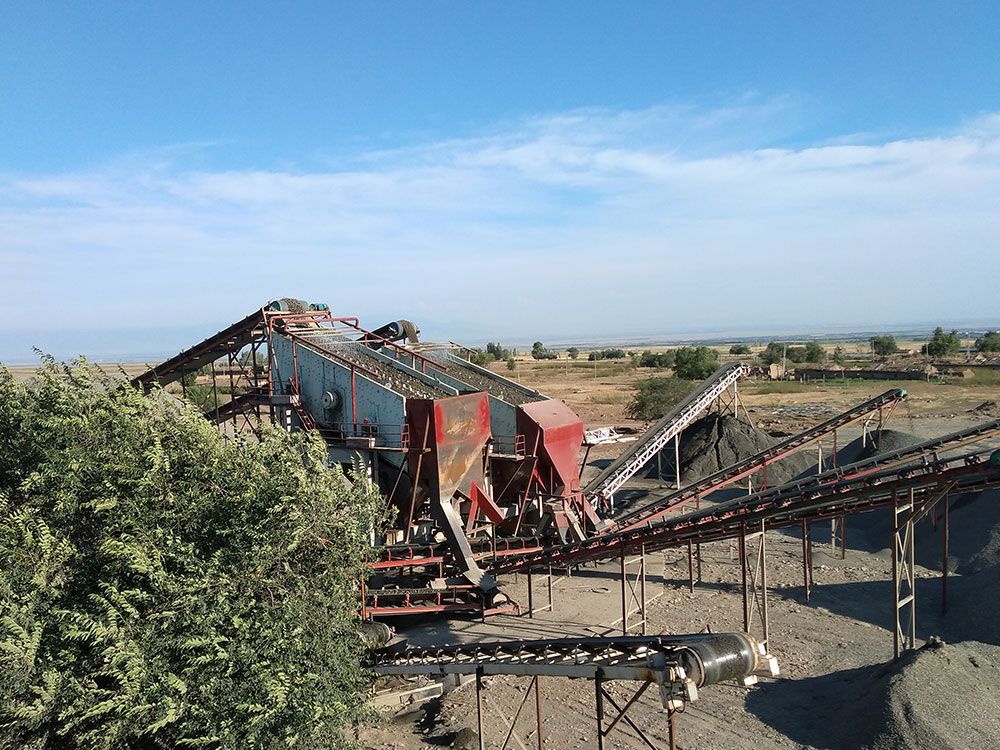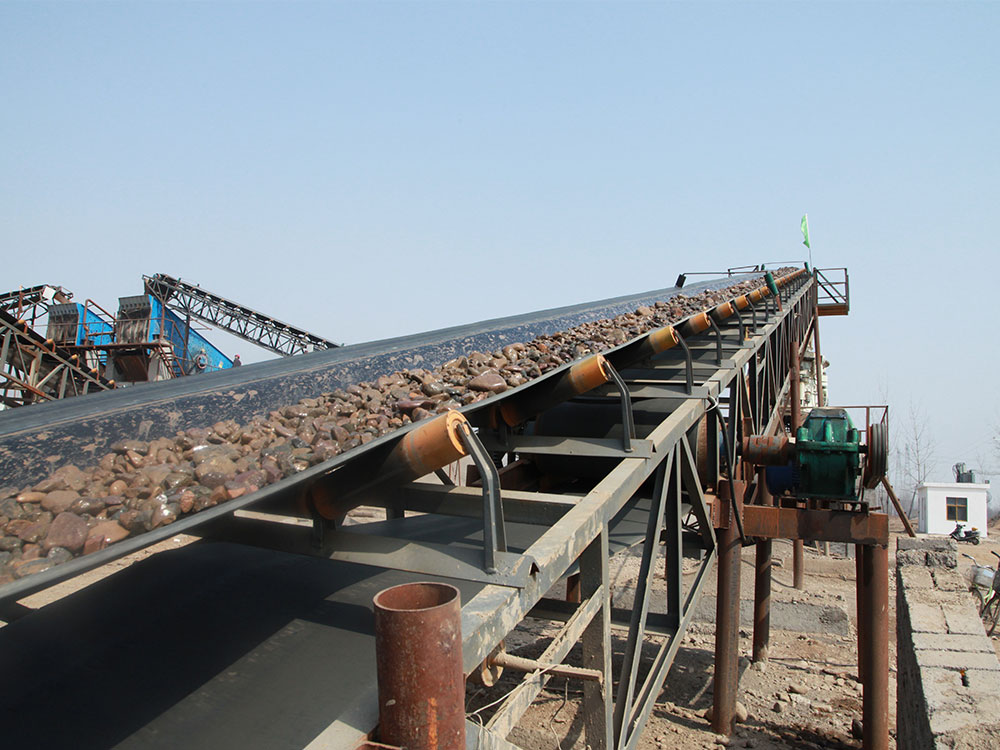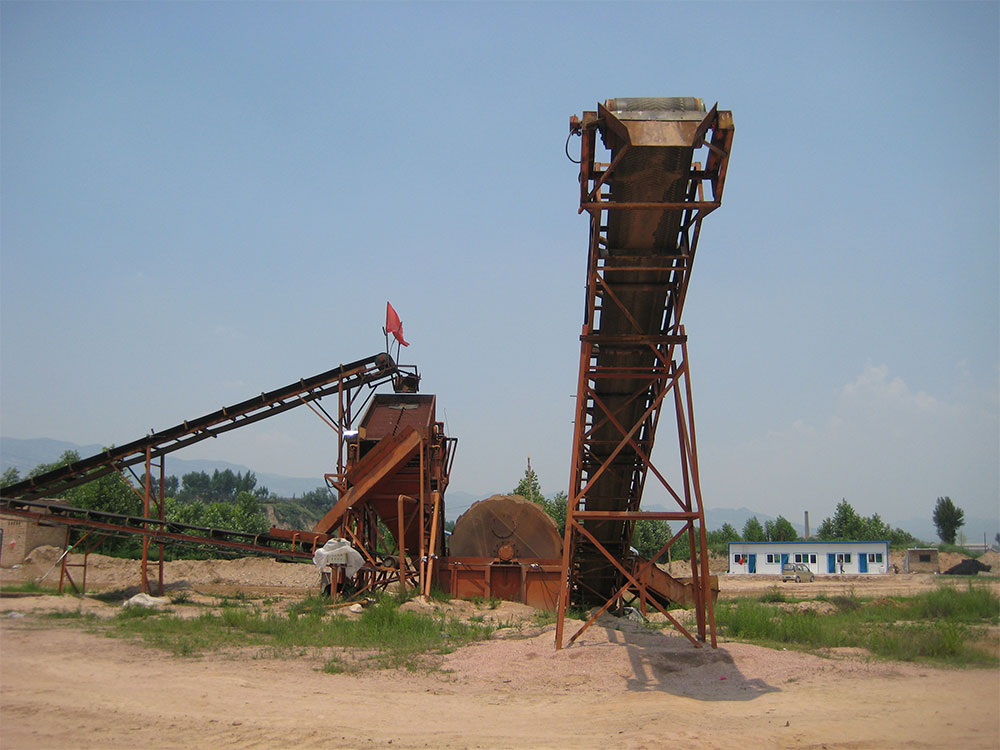As the global construction and mining industries increase their requirements for resource efficiency, high reduction ratio has become a core indicator for measuring the performance of crushing equipment. The NP15 impact crusher achieves a single-pass crushing ratio of 1:20 through innovative design, redefining the industry's energy efficiency standards. This article will analyze how NP15 achieves cost savings and sustainable development through a high reduction ratio from three dimensions: technical principles, operational benefits, and industry applications.
1. Technical principles of high reduction ratio and NP15 design innovation
The reduction ratio refers to the ratio of the material feed particle size to the discharge particle size, which directly determines the energy consumption and equipment configuration complexity of the crushing stage. The single-pass reduction ratio of the traditional jaw crusher is 1:6-1:8, while the NP15 achieves a breakthrough of 1:15-1:20 through the impact crushing + dynamic adjustment system, reducing the need for multi-stage crushing and reducing system energy consumption by more than 30%.
Hyperbolic rotor design: By optimizing the blade inclination and speed (up to 900 RPM), the centrifugal collision frequency of the material is enhanced, and the single-pass crushing efficiency is improved.
Intelligent hydraulic adjustment system: Real-time monitoring of crushing chamber pressure, automatic adjustment of impact plate gap (±2mm accuracy) to ensure optimal crushing force distribution.
Modular wear-resistant components: The blade and liner are cast with NPK® high chromium alloy, extending the service life to 2000 hours (40% higher than traditional parts), reducing the interference of downtime maintenance on continuous high reduction ratio operation.
2. Structural optimization of operating costs with high reduction ratio
Energy consumption cost: From "multi-stage crushing" to "single-pass termination", traditional production lines need to be equipped with a three-stage process of jaw crusher + cone crusher + screening, while the NP15 high reduction ratio allows a single device to replace a multi-stage system.
Maintenance cost: Improvement of wear-resistant parts life and failure rate
Extended wear parts life: NP15's Quick-Wear® replacement system can complete blade replacement within 2 hours (traditional equipment requires 6 hours), combined with the upgrade of wear-resistant materials, the annual maintenance cost is reduced by 28%.
Reduced chain reaction of failure: High reduction ratio reduces the number of equipment, reducing the number of production line failure points from 12 to 3, and the MTBF (mean time between failures) is increased to 1,800 hours (the industry average is 1,200 hours).
III. Industry practice: High reduction ratio drives green mine transformation
Case study: Indonesian limestone mine
After the mine introduced NP15 to replace the original two-stage crushing system:
Energy consumption: The power consumption per ton was reduced from 5.1 kWh to 3.4 kWh, saving $240,000 in electricity bills annually.
Carbon emission reduction: Due to reduced energy consumption and streamlined equipment, CO₂ emissions were reduced by 420 tons per year, and a profit of $35,000 was made through carbon trading.
Capacity flexibility: By adjusting the rotor speed and the opening of the impact plate, the same equipment can produce aggregates of multiple specifications from 0-5mm to 20-40mm to meet differentiated order needs.
NP15 complies with the EN 10025-6 wear-resistant material standard and ISO 50001 energy management system. Its high reduction ratio characteristics can directly reduce carbon emissions throughout the product life cycle and help users avoid the trade barriers of the EU carbon border tax (CBAM). It is estimated that European aggregate companies using NP15 can reduce CBAM declarations by 20%.
IV. Future Outlook: Iterative Direction of High Reduction Ratio Technology
Hydrogen Power Adaptability Upgrade
NP15's reserved modular power interface is compatible with hydrogen fuel cells. Laboratory tests show that while the reduction ratio is maintained at 1:18 under hydrogen power, energy consumption is further reduced by 15%. It is expected that after commercialization in 2025, "zero-carbon crushing" will be achieved.
AI-driven dynamic reduction ratio optimization
By integrating machine learning algorithms, NP15 will be able to analyze material hardness and humidity in real time in the future and automatically match the optimal crushing parameters. Simulation data shows that dynamic adjustment can reduce the fluctuation range of the reduction ratio to ±5%, and improve production capacity stability by 22%.
NP15 transforms high reduction ratio from a theoretical advantage into quantifiable operational benefits through technological innovation. Its "quality over quantity" crushing logic not only reduces energy consumption and costs, but also promotes the industry's transformation to intensive and low-carbon. As global resource efficiency regulations tighten, high reduction ratio equipment will become a core strategic asset for mining and aggregate companies.


